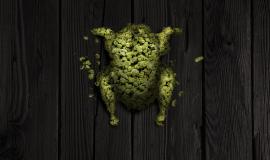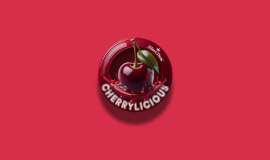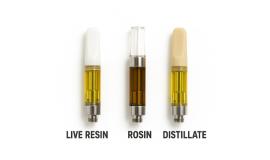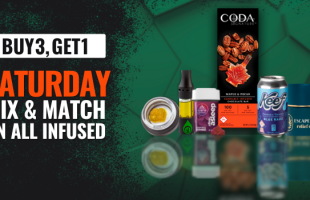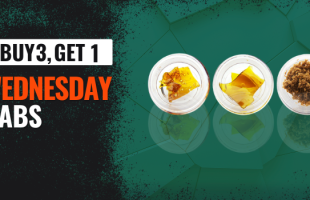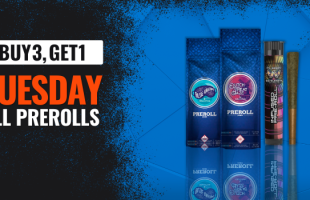Mixing Cannabis and Tobacco: Pros and Cons
Mixing cannabis and tobacco is common worldwide, from blunts to spliffs, but it comes with both perks and risks.
Cannabis and Tobacco: A Global Habit
Mixing cannabis and tobacco is a long-standing practice in many cultures. From European spliffs to American blunts, users have found different ways to combine the two. While it may seem like a simple habit, the mix changes both the experience and the potential health effects of each substance.
Blunts vs. Joints: The Key Difference
The most visible distinction between blunts and joints lies in their wraps. A joint uses thin rolling paper and usually contains only cannabis. A blunt, however, is rolled with a tobacco-based wrap - either from a hollowed cigar or a commercial blunt wrap - adding nicotine and a heavier, slower burn. This creates a stronger hit and often a more intense flavor.
Spliffs vs. Pure Joints
Spliffs are popular in Europe and other regions where mixing tobacco with cannabis is the norm. A spliff combines the two directly in the same roll, while a pure joint contains only cannabis. Some users prefer spliffs for their smoother burn, lighter smoke, and balanced head high, but they also introduce nicotine and its addictive properties. In contrast, pure joints provide the full cannabis experience with no added risks from tobacco.
Why Some Users Mix Cannabis and Tobacco
There are a few reasons people choose to mix. Tobacco can make cannabis burn more evenly and last longer, and some enjoy the buzz that nicotine adds to the experience. It’s also a cultural or social habit in many regions, where rolling a shared spliff or blunt has become part of group rituals. Still, it’s important to recognize that convenience and habit don’t outweigh long-term health concerns.
Pros and Cons of Mixing Cannabis and Tobacco
Pros: Users often find that adding tobacco improves burn consistency, stretches product supply, and can bring a quicker onset of cannabis effects due to nicotine’s stimulation.
Cons: The risks include exposure to nicotine and increased respiratory irritation. The combination can also make cannabis tolerance harder to gauge and may reduce the relaxation benefits cannabis provides on its own.
Health Risks to Consider
Mixing cannabis and tobacco means combining two types of smoke that both contain tar, carbon monoxide, and other toxins. Nicotine carries well-documented cardiovascular and respiratory risks, including higher blood pressure and faster heart rate. Over time, this mix can lead to lung irritation, coughing, or other long-term effects. Those looking for a cleaner experience often switch to vapes, edibles, or other non-tobacco options.
Final Thoughts
Mixing cannabis and tobacco can alter the experience but also increases health risks. If your goal is a smoother, more natural high, sticking to pure cannabis products is the safer choice. With today’s wide range of options - from pre-rolls and vapes to tinctures and edibles - it’s easy to find a way to enjoy cannabis without the extra smoke.
Health Disclaimer: The information provided in this article is for educational purposes only and should not be taken as medical advice. Always consult with a qualified healthcare provider before using cannabis, particularly if you have pre-existing conditions or are taking medication.



